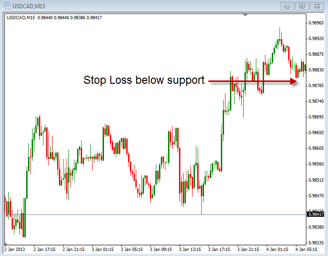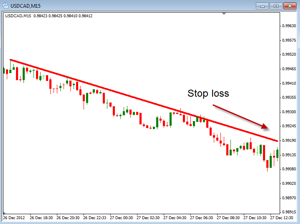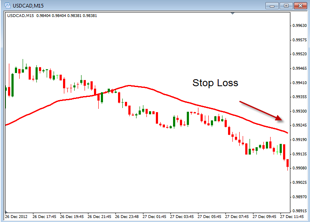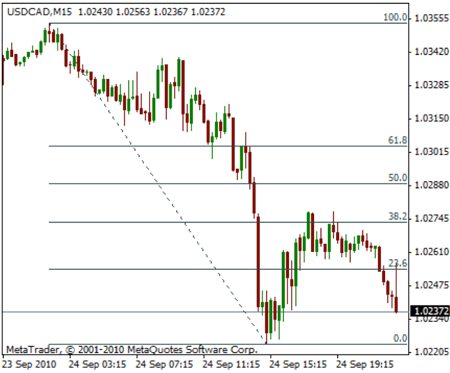This is a concept that should be in any trader’s ETF Database: Professional traders use stop losses! Why? Well, because they know that protecting their money is the most important thing they need to do. Today I want to spend a few minutes discussing some of the more important concepts in regards to Stop Losses.
Now that we know a stop loss is used to help protect our money and something that professional traders use, we need to define exactly what a stop loss is. A stop loss is a tool that is use to limit the amount you are willing to loose with any trade you enter. The stop loss is set at a point where you would not anticipate the price moving to, based off of your current entry signal. If the price moves to this area you would want to exit the trade with the stop loss and incur your pre-determined loss amount. Even though we do not like to take losses, it is important that you take them to protect the rest of your account. Holding on to a loosing position can become very costly.
There are several things to look for when trying to decide where to place a stop loss. Take a look at these things to see if they can help you better identify where to place your stop loss.
1. Look at the Support or Resistance areas. The stop loss should be place below the support level for a buy and above the resistance level for a sell.
In the chart above you can see that the trend is moving up and the stop would be placed just below the area of support. This is critical because if you place the stop above support you have the possibility of getting stopped out before the support can be tested.
2. Look at trend lines. Trend lines, like support and resistance, can give a good visual as to where to place the stop losses in both an up trend and down tend.
Here you can see that the tend line is moving down and the stop loss can be place just above this line. This would be at an area where you would not anticipate the price going if you shorted the pair.
3. Moving Averages. You can use a Moving Average to help you know where to place your stops in both an up and down trend.
Notice how the trend line and the 40 period Simple Moving Average are very similar in where you would place the stop loss.
Regardless of how you determine where to place a stop loss the most important thing is to actually have one. Too many traders, both new and old, do not use a stop loss which can cause them to be placed in a large amount of risk. This risk can cause the account to take huge losses if the stop in not used. The goal is to keep our risk at appropriate levels and using a stop loss can help you be consistent with that.



